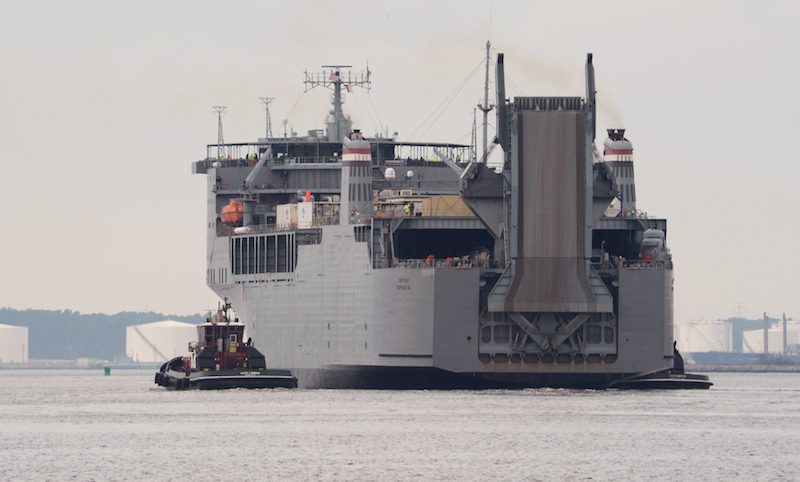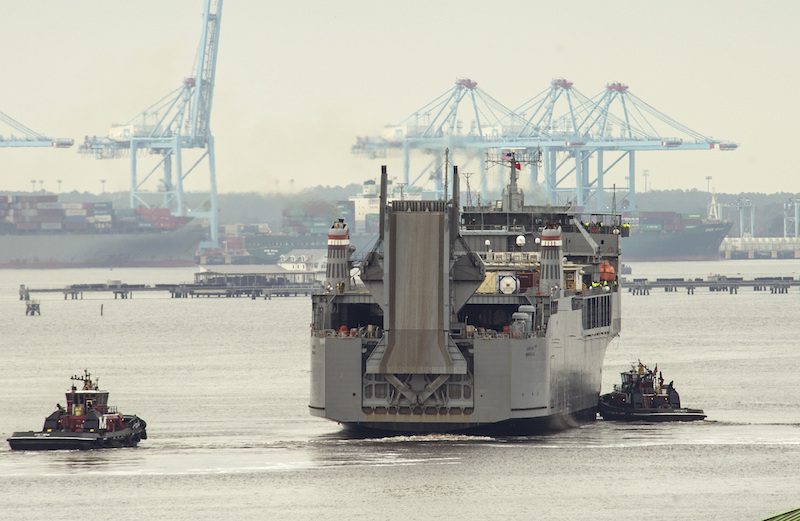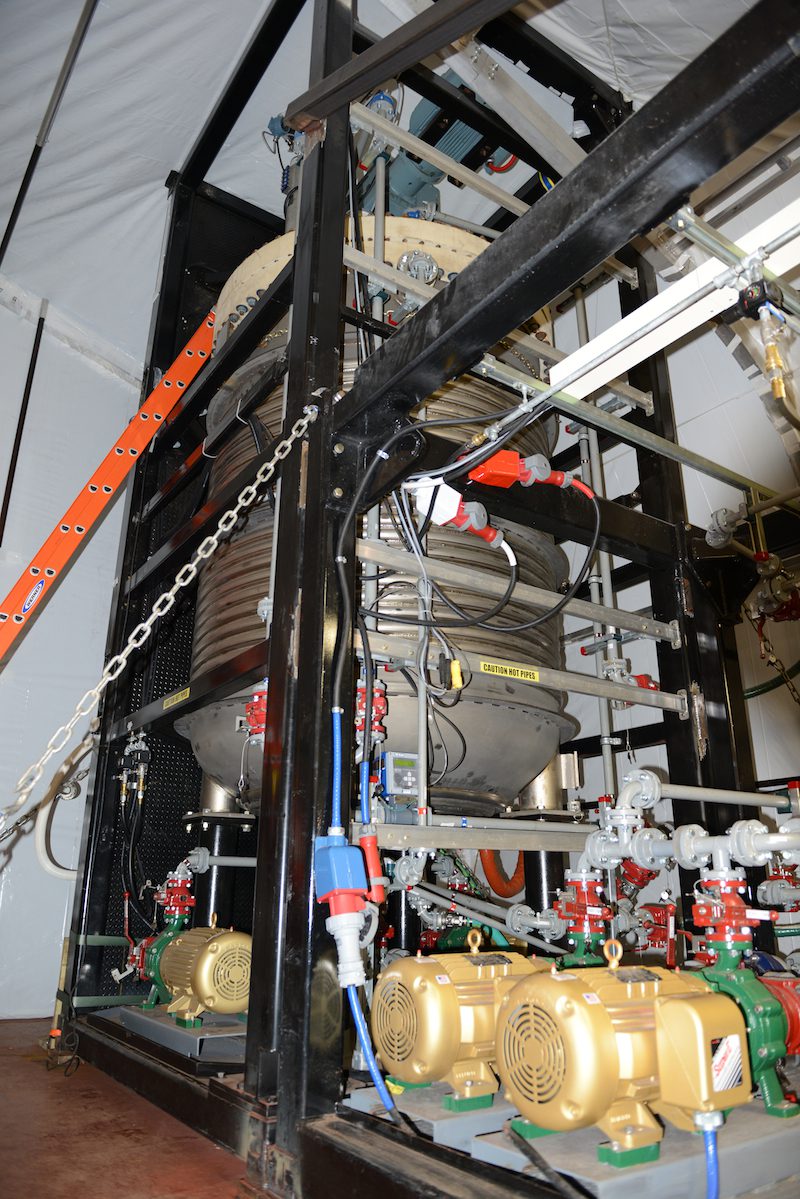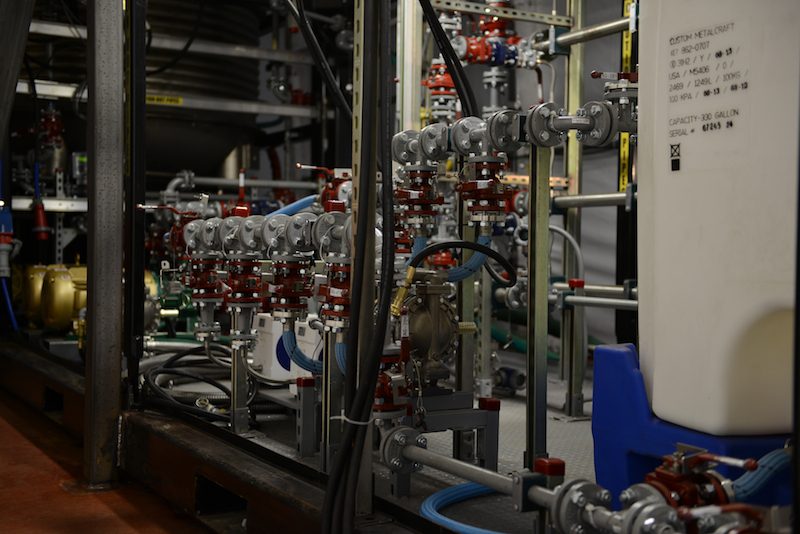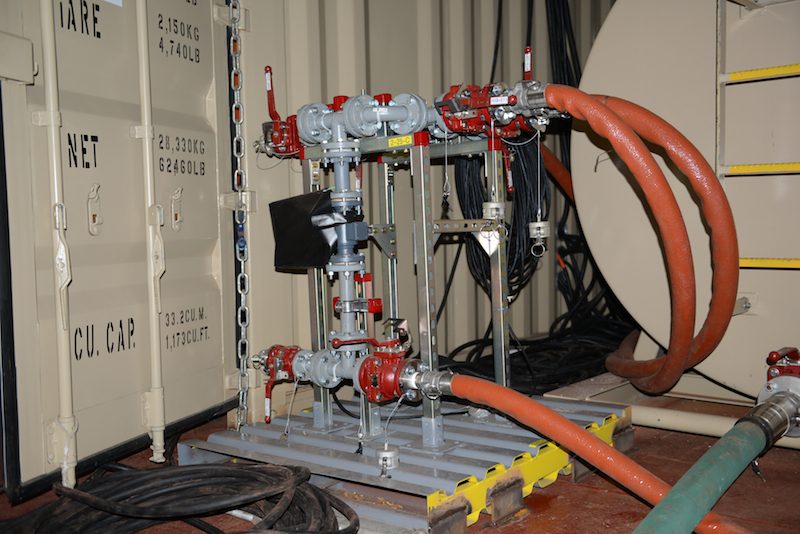Posted - January 30, 2014 - By Timothy Gardner and Andrea Shalal-Esa - Ruters - gCaptain
As Arctic ice melts away, opening the way for greater oil development
and mining, the White House outlined a plan on Thursday to promote
safety and security in the region by building ports, improving forecasts
of sea ice, and developing shipping rules.
With warmer temperatures leaving Arctic sea passages open for longer
periods of the year, billions of barrels of oil could be tapped beyond
what is already being produced in the region. A loss of seasonal ice
could also allow greater exploitation of precious minerals considered
abundant in the Arctic.
Extreme weather conditions, however, make the region a challenge to navigate and develop.
The White House plan was released on the same day that Royal Dutch
Shell canceled drilling this year off Alaska, after a series of costly
mishaps in the harsh conditions, as part of efforts to cut spending.
The U.S. Defense Department will lead an interagency effort to
forecast icy conditions by launching a satellite and improving analytic
methods to forecast icy conditions.
The Department of Commerce, meanwhile, will lead coordination on
surveying and charting of U.S. Arctic waters to ease shipping and
improve adaptation to climate change in coastal communities.
“Our highest priority is to protect the American people, our
sovereign territory and rights and the natural resources and other
interests of the United States,” said the plan, which is part of
President Barack Obama’s National Strategy for the Arctic Region he
announced last May. The plan can be seen at:
In addition, the State Department will attempt to reach an agreement
with Canada on the Beaufort Sea maritime boundary, and the Department of
Homeland Security will lead work on developing an international code
for ships operating in polar waters.
The U.S. military had been working on strategy in the Arctic before the plan was announced on Thursday.
The U.S. Navy is nearing completion of a new Arctic “road map” that
lays out its approach to future engagements in the region, given
increasingly open waterways. The updated document is based on the Navy’s
first comprehensive assessment of the near-term, mid-term and long-term
availability of sea passages, due to the loss of seasonal ice.
In a recent blog written for the Navy’s website, Navy Oceanographer
Rear Admiral Jon White said an inter-agency team made the assessment
after a comprehensive review of current Arctic sea-ice projections.
He said current trends were expected to continue in the near-term,
with the Bering Strait expected to see open conditions about 160 days a
year by 2020. The mid-term period would see increasing levels of ice
melt, White said.
In the long-term, beyond 2030, environmental conditions are expected
to leave waterways open for longer periods, driving a significant
increase in traffic in the summer months.
Earlier this month, Chief of Naval Operations Admiral Jonathan
Greenert told a conference that Arctic ice was melting faster than
predicted four years ago when the Navy published its first road map.
“We need to understand, we need to take a look at it and decide what
does it mean to us for security, maritime security, freedom of
navigation, and global force management,” Greenert told a conference
hosted by the Surface Navy Association.
© 2014 Thomson Reuters. All rights reserved.
Posted to be found at:
http://gcaptain.com/white-house-releass-plan-to-make-arctic-shipping-safer/?utm_source=feedburner&utm_medium=feed&utm_campaign=Feed%3A+Gcaptain+%28gCaptain.com%29




 ShareThis
ShareThis
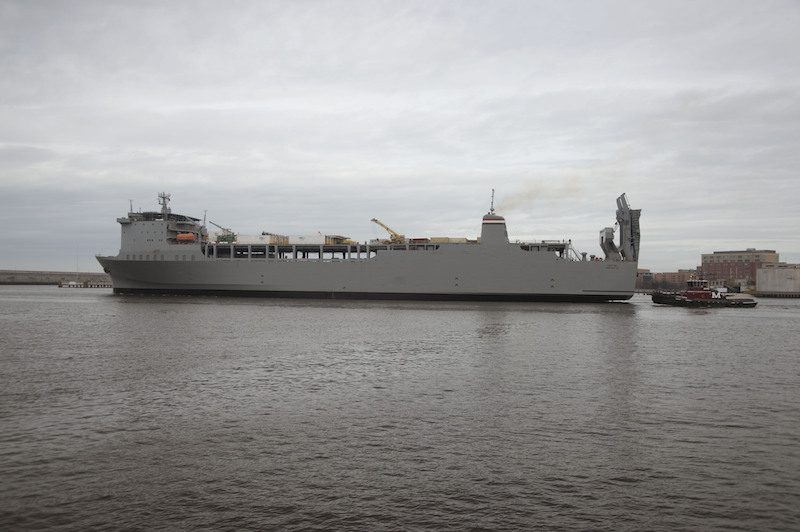 MV Cape Ray (T-AKR 9679)
MV Cape Ray (T-AKR 9679) 